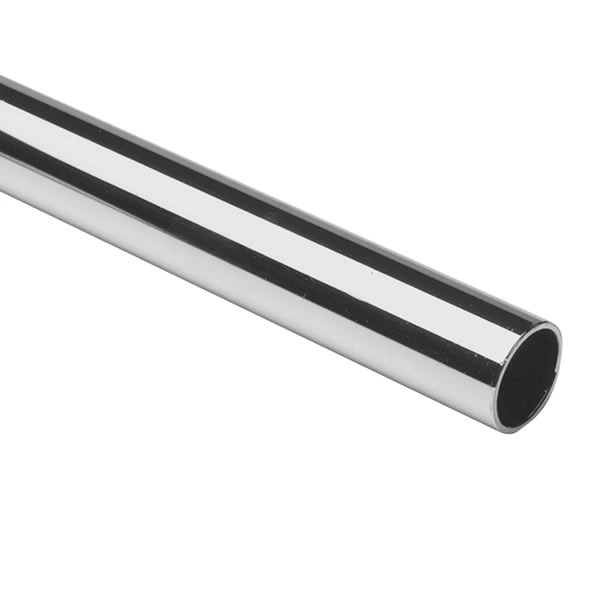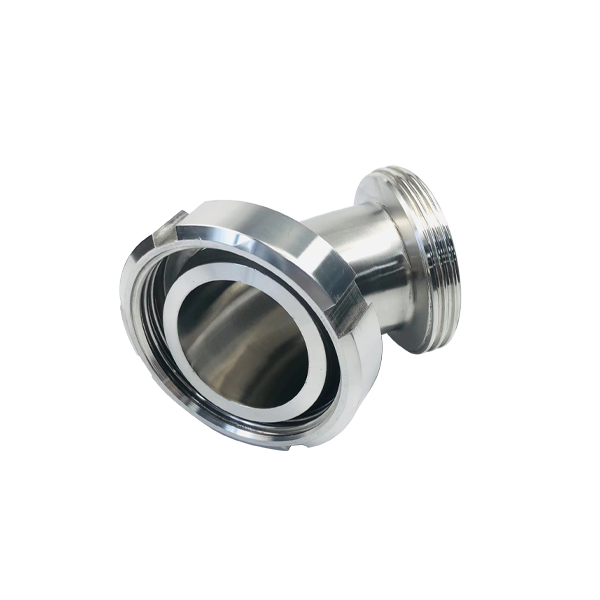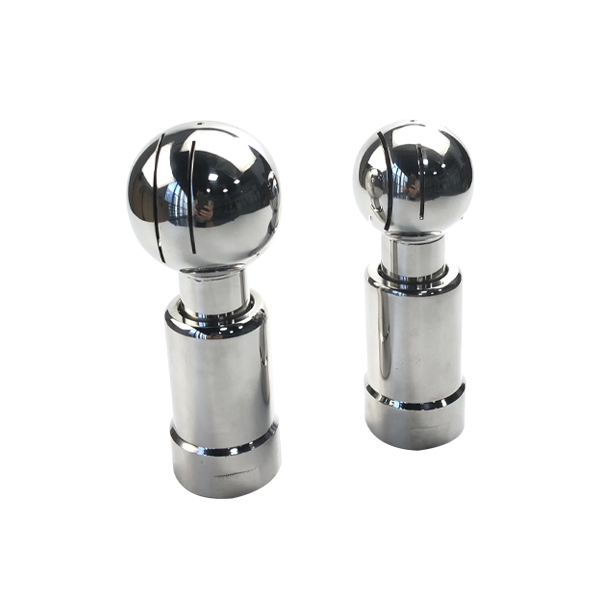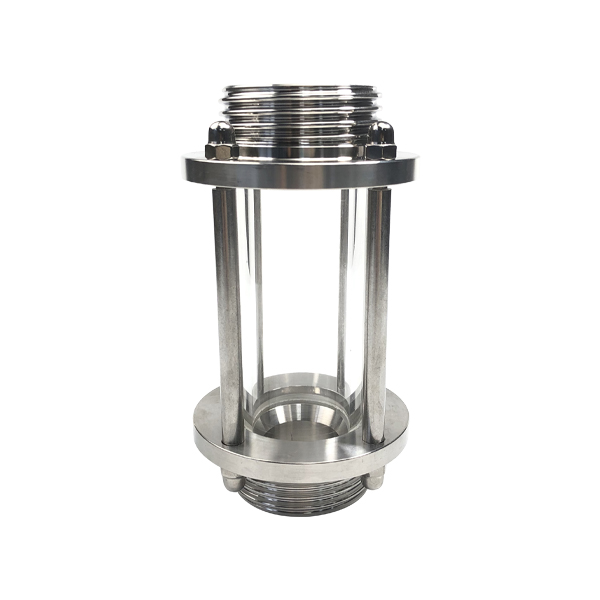SEED FERMENTATION TANK
Seed fermentation tank is broadly understood as a container for storing or producing seeds. Fermentation equipment is currently suitable for pharmaceutical, monosodium glutamate, enzyme preparation, f
Seed fermentation tank is broadly understood as a container for storing or producing seeds. Fermentation equipment is currently suitable for pharmaceutical, monosodium glutamate, enzyme preparation, food and other industries.
Stainless steel seed fermentation tank is a reaction equipment suitable for microbial growth. In the seed fermentation tank, various microorganisms grow, metabolize and form fermentation products in an appropriate environment.
1. Application range of seed fermentation tanks
The seed fermentation tank is suitable for fermentation, brewing, condiments, pharmaceuticals, chemicals and drug cultivation of yogurt and lactobacillus beverage mother liquor. It can be understood as a culture tank or fermentation tank. Its function can be heating, insulation and cooling. It is a fully enclosed sanitary fermentation specialized equipment. equipment. Seed fermentation tanks are currently suitable for pharmaceutical, monosodium glutamate, enzyme preparation, food and other industries.
2. Application range of seed fermentation tanks
Characteristics of the seed fermentation tank: The materials are all made of imported 304 or 316L. This equipment has the advantages of energy saving, noise reduction, corrosion resistance, high productivity, easy cleaning and operation.
3. Product classification of seed fermentation tanks
Classification of seed fermentation tanks: There are two types of seed fermentation tanks: carbon steel seed fermentation tanks and stainless steel seed fermentation tanks.
Seed fermentation tank is also called a strain culture tank. A strain expansion tank is a tank for cultivating strains (microorganisms) for fermentation, that is, a microorganism expansion tank. Stainless steel seed fermentation tanks are suitable for yogurt, lactic acid bacteria beverages, brewing, pharmaceuticals, chemicals and pharmaceutical cultivation. Common strains cultured in seed fermenters include the production of monosodium glutamate, citric acid, enzyme preparations, etc. The design of the seed tank should be designed according to the characteristics of the microorganisms to be cultivated and expanded. The difference between seed fermentation tanks and fermentation tanks is that seed fermentation tanks generally have a smaller volume and are equipped with a flame inoculation port. Fermentation tanks do not have an inoculation port. They are connected to the seed fermentation tank and the strains are directly input from the seed fermentation tank for fermentation. .
4. Product structure and installation of seed fermentation tank
The head and body of the seed fermentation tank are generally connected by flanges, which are easy to disassemble, clean and repair. The seed fermentation tank is equipped with a long sight glass, and the upper head is equipped with a sight glass and a spotlight to facilitate observation of the bacterial culture. The stirring of the seed fermentation tank can break up the bubbles, make the air and the solution evenly contact, and dissolve oxygen in the culture medium. The function of the baffle of the seed fermentation tank is to change the direction of the liquid flow from radial flow to axial flow, causing the liquid to stir violently and increase dissolved oxygen. The role of the defoamer installed in the seed fermentation tank is to break the foam. The commonly used forms of defoamer for seed fermentation tanks include sawtooth type, comb type and orifice type. The hole diameter of the orifice plate type is about 10~20 mm. The length of the defoamer is approximately 0.65 times the tank diameter. The seed tank uses a jacket for heat exchange, which can maintain the temperature, heat up and cool down. The shaft seal seals the gap between the top or bottom of the tank and the shaft to prevent leakage and contamination of bacteria.
1. Overall structure of seed fermentation tank:
A. The fixed seed fermentation tank is mainly composed of a tank body and legs.
B. The inner tank and head of the seed fermentation tank are made of polished 100% stainless steel.
C. The jacket and reinforcement of the seed fermentation tank are made of A3 boards, and the insulation layer is made of glass asbestos.
D. The outer skin of the seed fermentation tank has a fish scale pattern and is made of **304 and 1Cr18Ni9Ti materials.
E. The seed fermentation tank agitator and pot lid seal are composed of mechanical seals.
F. The upper and lower connections of the seed fermentation tank lid are made of stainless steel studs, and the sealing gasket is made of XB250 non-toxic rubber.
2. Installation and commissioning of seed fermentation tanks:
A. Due to the long-distance transportation of the seed fermentation tank, first check the connecting threads.
B. The agitator of the seed fermentation tank should be inspected during an empty test run. It can only be put into production after all transmission components are operating normally.
C. After the seed fermentation tank is connected, check each joint. If there is air leakage, tighten the pipe joints and studs until there is no leakage before it can be put into normal production.
6. Uses and characteristics of seed fermentation tanks
1. Purpose of seed fermentation tanks: Stainless steel seed fermentation tanks are suitable for fermentation, brewing, condiments, pharmaceuticals, chemicals and drug cultivation of yogurt and lactic acid bacteria beverages. They can be used for heating, insulation and cooling. They are specially designed for fully enclosed sanitary fermentation. device of.
2. Characteristics of seed fermentation tanks: The materials are all made of imported 304 and 1cr18Ni9Ti. This equipment has the advantages of energy saving, noise reduction, corrosion resistance, high productivity, easy cleaning and operation.





